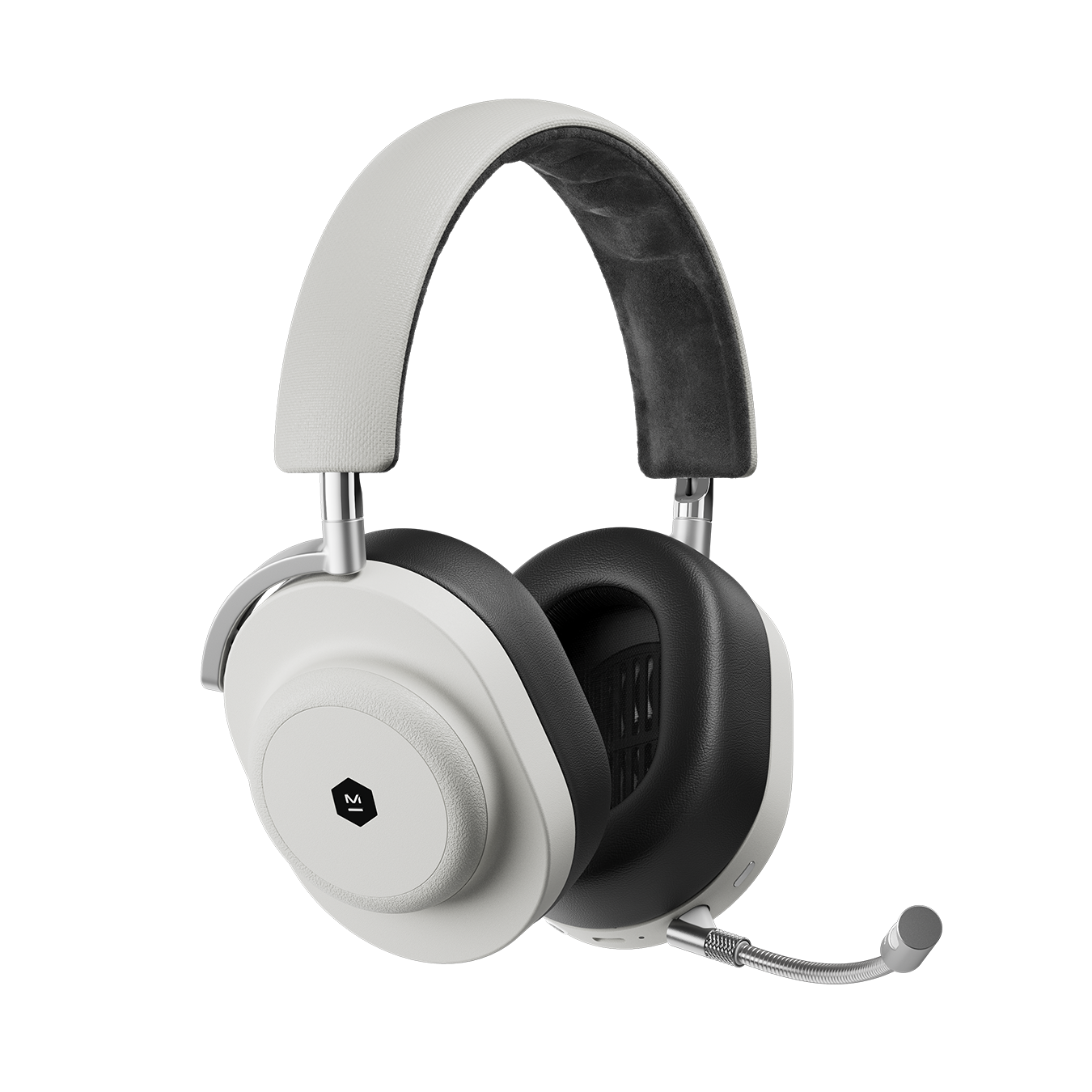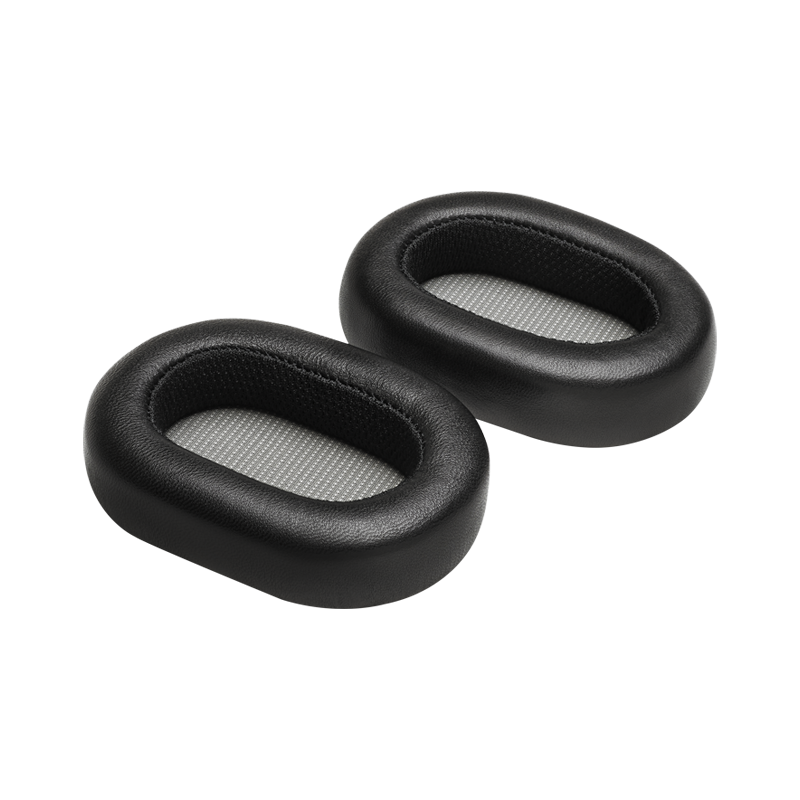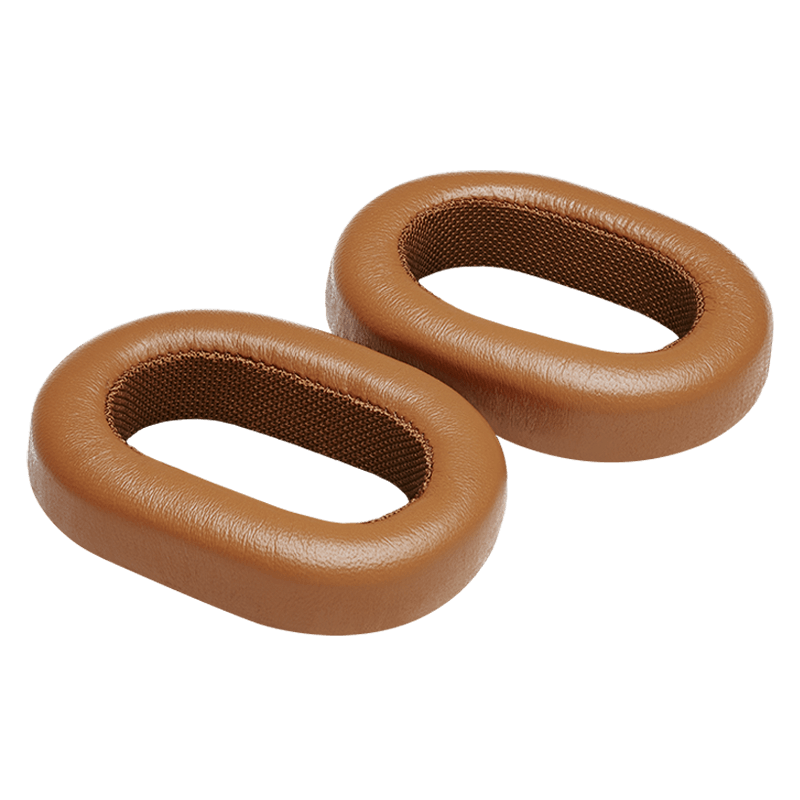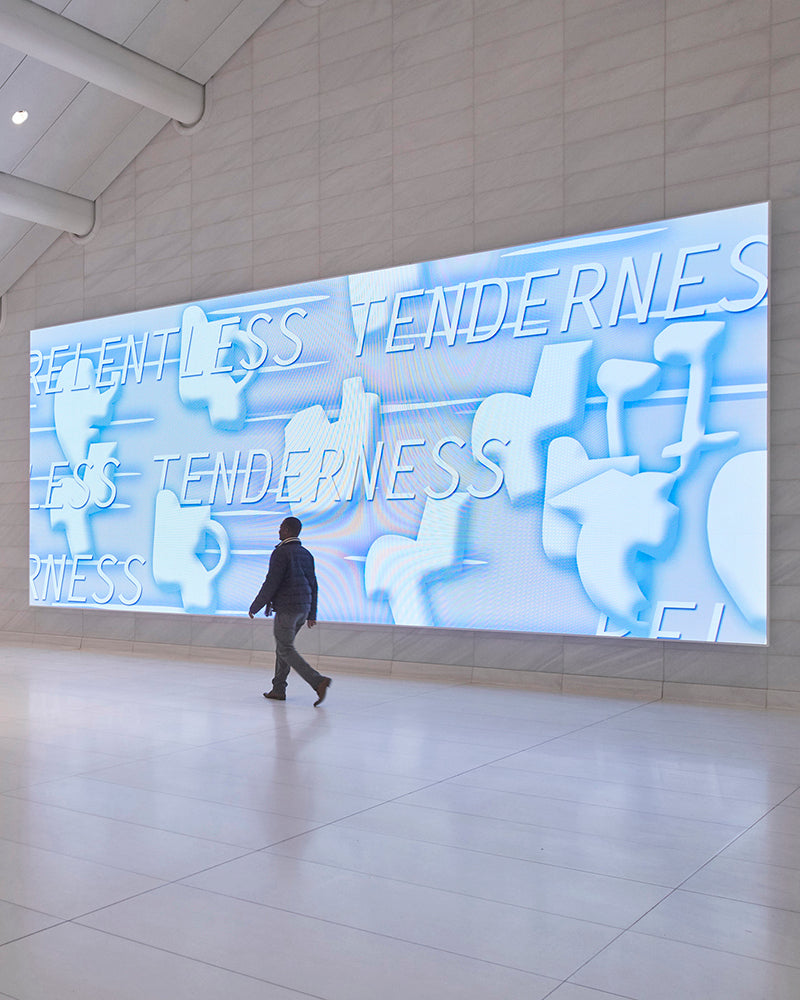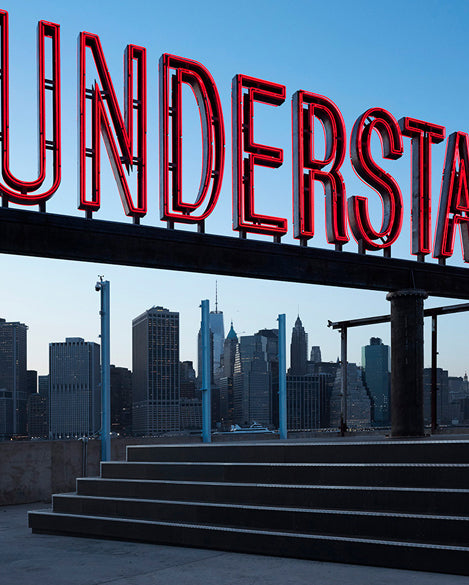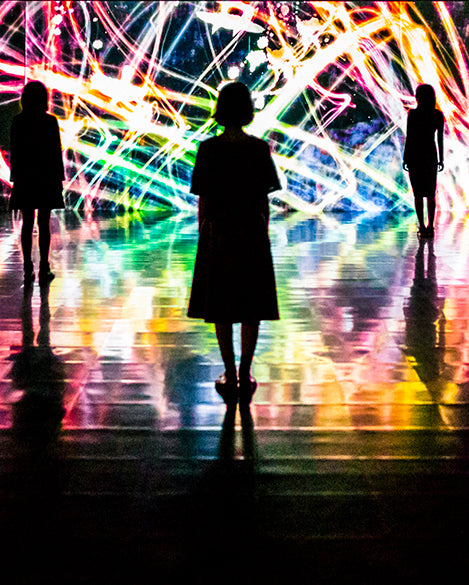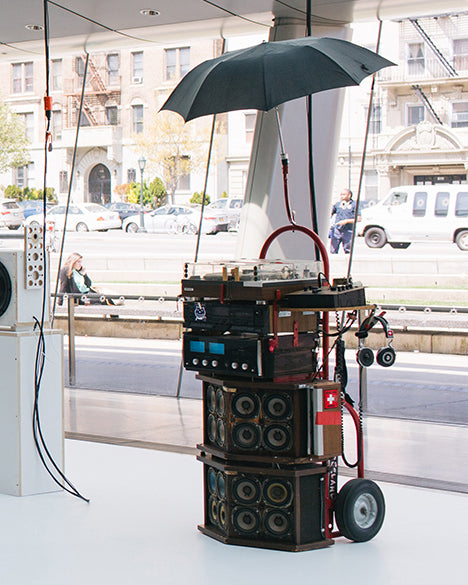Dreamlands: Immersive Cinema and Art, 1905-2016 brings cinema out of the movie theater and into the museum.
On view at the Whitney Museum in New York City until February 5, 2017, this captivating group exhibition invites you to explore film beyond just what's on the screen. The exhibit examines — and sometimes, rethinks — the entire cinematic experience, including the lights, sounds, architecture, and technology that transport viewers to another time and place.


